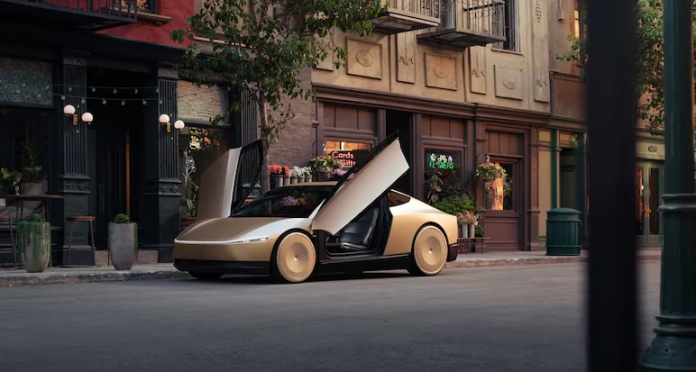Elon Musk’s long-promised vision of driverless “robotaxis” inches toward reality with a modest test launch in Austin, Texas, commencing on Sunday, according to AP News.
The pilot involves just 10 or 12 vehicles operating within a confined area, a stark contrast to Musk’s repeated assertions since 2019 that a million such cabs would be deployed “next year.” His most recent pledge in January 2024 echoed this ambitious timeline.
The robotaxi initiative surfaces amidst significant challenges for Tesla. Sales plummeted following boycotts linked to Musk’s political stances, while rival electric vehicle manufacturers eroded market share with competitive new models.
Investor confidence wavered dramatically last month after a $150 billion stock wipeout, triggered by Musk’s social media dispute with US president Donald Trump who oversees federal regulators critical to autonomous vehicle approval. Though shares partially recovered after Musk expressed regret, scepticism persists regarding robotaxi scalability.
Tesla’s Full Self-Driving (FSD) system—central to the robotaxi plan—faces ongoing scrutiny. Despite its name, FSD requires constant driver supervision, a limitation acknowledged in ongoing investigations by federal highway safety regulators and the Department of Justice following several accidents.
Lawsuits alleging deceptive marketing have yielded mixed outcomes; one case saw dismissal only because plaintiffs couldn’t prove Musk “knowingly” made false statements. Musk contends the Austin cabs will utilise a safer, enhanced FSD version. His proposed “Airbnb for cars” model hinges on existing Tesla owners.
Instead of having your car sit in the parking lot, your car could be earning money. You will be able to add or subtract your car to the fleet.
He credits Tesla’s camera-only navigation approach for faster deployment versus Waymo’s costlier laser-and-radar systems.
Whilst sceptics highlight Musk’s history of unmet timelines, some observers acknowledge his disruptive track record. Wedbush analyst Dan Ives suggests scaling potential could prove critics wrong, citing Tesla’s manufacturing prowess.
